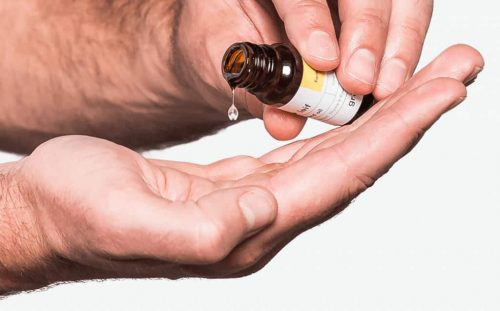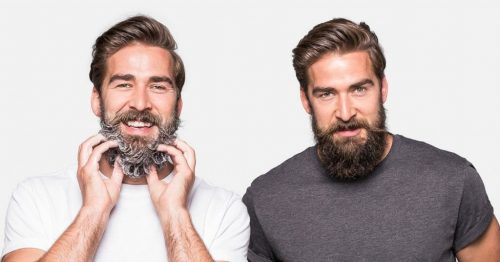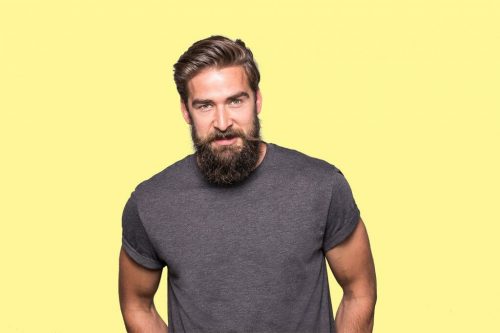If you’ve ever decided to ditch your razor in favour of some facial fuzz, the chances are you’ll have experienced the mind-numbing and dreaded itchy beard phase.
Itchiness is a common part of the beard-growing process, but for a lot of people, there’s only so much they can take. The irritation gets too much after a while, and it’s bye-bye beard, and you’re back to where you started – baby-faced.
You’ll be pleased to know that an itchy beard is usually a temporary problem, and there are, in fact, some simple steps you can take to find some relief so that you can power through the growing process and enjoy your glorious beard.
What is the itchy beard stage & what causes it?
|
Troubleshooting your itchy beard:
|
Beard itch can happen for a number of reasons, but the cause can vary depending on where you’re at in your facial hair journey.
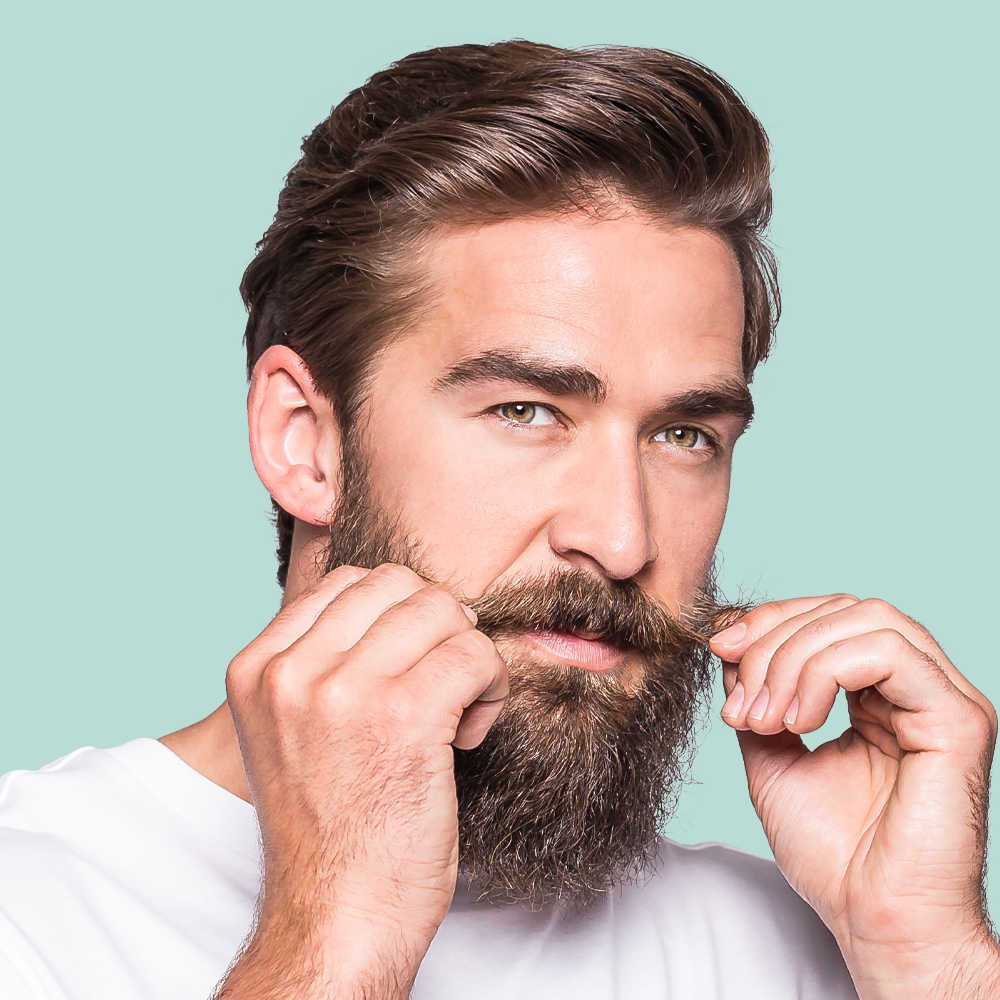
First-time growers beware
The most common time to experience an itchy beard is in the early stages, with first-time growers usually suffering the most. But even serial beard growers can experience some discomfort as their facial hair grows; they’re just more likely to be accustomed to it and grow with the flow, if you will.
When you shave, the hairs are cut at an angle, leaving them with sharp or jagged edges. As you begin to grow your stubble, these new hair follicles can cut into the skin, causing irritation and itching.
The itching usually subsides once you get a bit of length; the hair follicles become less sharp, and your skin starts to get used to its new blanket of hair.
Dead skin cells, dirt, & dryness
If the itch won’t budge, it’s likely to do with particles of dead skin cells, dirt, and food getting trapped within your beard. It’s not the most pleasant of realities, but this all comes with your new fuzzy friend.
The beard can also wreak havoc on the skin underneath, with hairs ‘wicking’ away essential moisture.
In short, you’ve got dry, neglected skin being chafed by coarse hair, a bunch of nasty dirt particles, and the remnants of your lunchtime meal deal – even thinking about it is enough to make you itch!
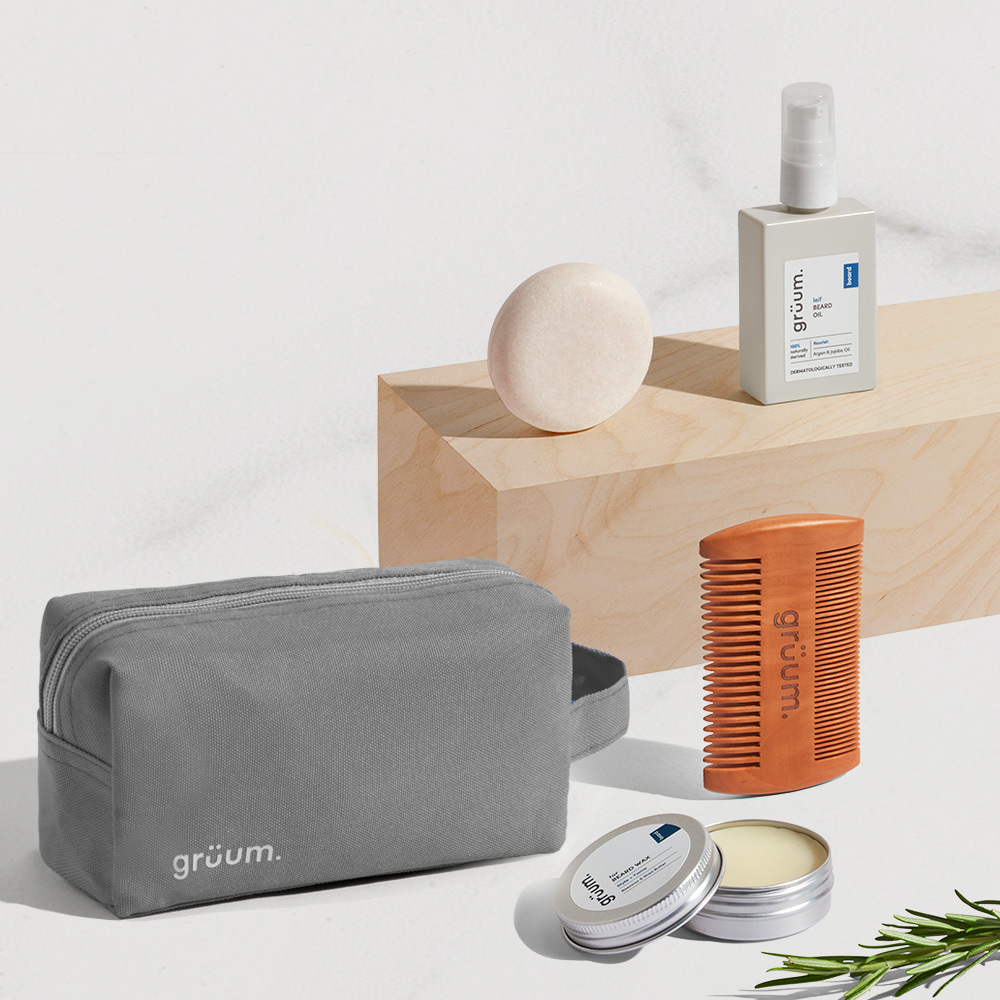
So, how do you stop your beard from itching?
Although there’s no guaranteed solution or quick fix to eradicating the beard itch phase, there are some steps you can take to make things feel a lot more comfortable as you ride it out.
|
|
|
|
|
1. Regular exfoliation…
If you’re suffering from an early-stage itch, get rid of any dead skin cells by giving the area a scrub twice a day with an exfoliating face wash, like our kóri Exfoliating Face Wash. This will become a real life-saver during your beard-growing process.
The perlite (an exfoliating mineral extracted from volcanic rock) in this face wash will help to remove any nasty, flaky skin and helps to keep your pores unclogged.
2. …followed up by a moisturiser
After exfoliating, finish off with a good layer of moisturiser (don’t worry if you look like Santa, it will soak in). Our kåre Daily Moisturiser will do more than the trick, or opt for our pür Gentle Moisturiser if you deal with particularly sensitive skin.
If the itch is particularly intense, you could try applying some Sudocrem in the evening, but don’t go too overboard.
-

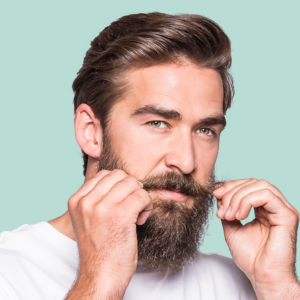 New
Newbjörn Beard Balm | 100ml
£8.00 — available on subscription from £6.00 every monthQuick Addbjörn Beard Balm | 100ml
£8.00 — available on subscription from £6.00 every monthIn stock
-
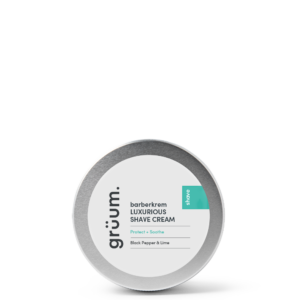
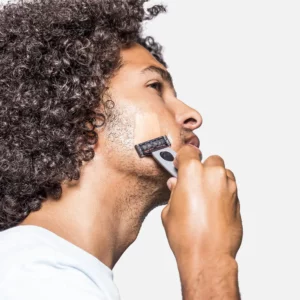
barberkrem Shave Cream | 100ml
£12.00 — available on subscription from £9.00 every monthQuick Addbarberkrem Shave Cream | 100ml
£12.00 — available on subscription from £9.00 every monthIn stock
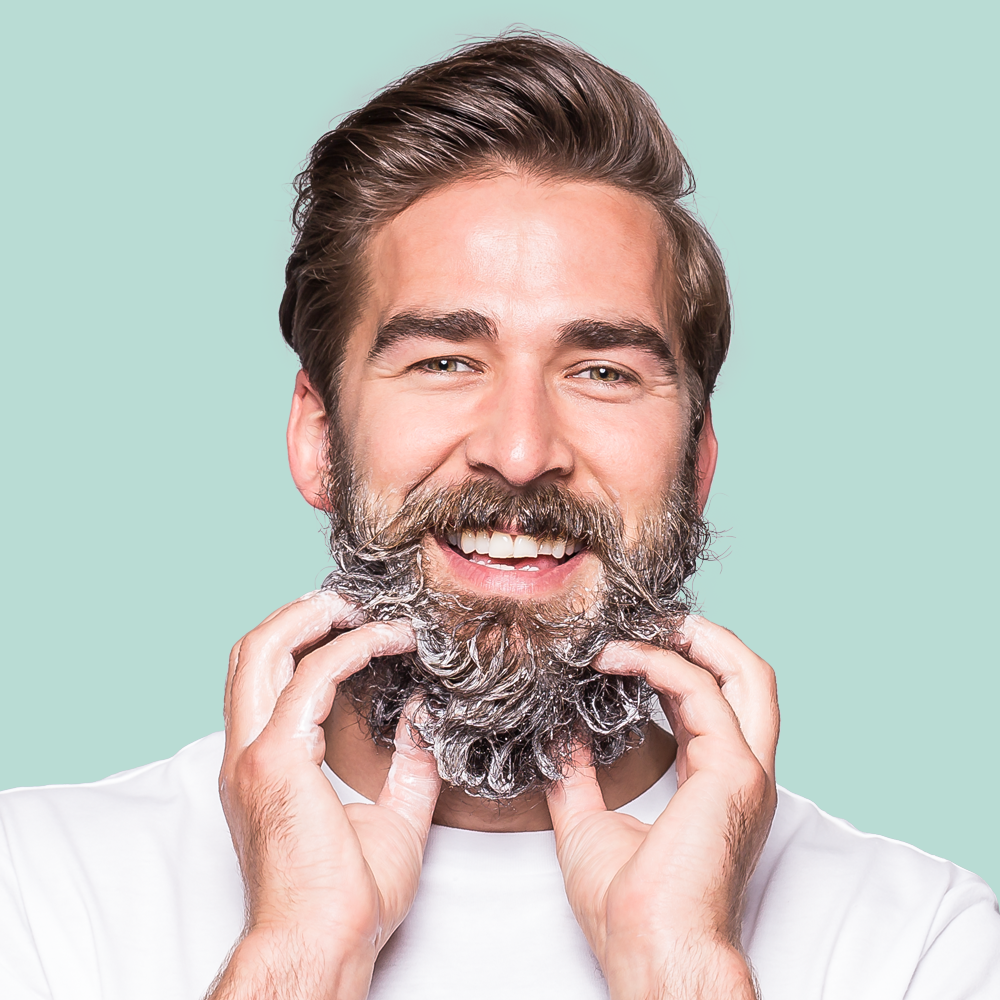
3. Use a beard wash
Once your beard has some length (around the point where you can no longer see most of the skin underneath), keep those pesky particles at bay by using a beard wash every other day or so.
We recommend our bard Beard & Hair Wash – a gently restoring, cleansing, and hydrating beard wash bar formulated with coconut oil, sandalwood, and other natural goodness to keep your beard fresh as.
Avoid using regular shampoos and soaps, as these can be too harsh and drying on the skin.
4. Oil up baby
Keep those moisture levels in check by using a beard oil twice a day, ensuring you get right down to the skin underneath. A beard oil will also aid in keeping the hairs nice and soft, so chafing is reduced.
For maximum softness and good measure, use a beard wax as well.
5. Brush or comb through tangles
Keeping on top of ingrown hairs is also key when it comes to combating beard itch. Using a comb or a brush will remove any tangles and keep the hairs growing in the same direction (it feels pretty good, too).
If you do come across any ingrown hairs, carefully remove them with some clean tweezers.
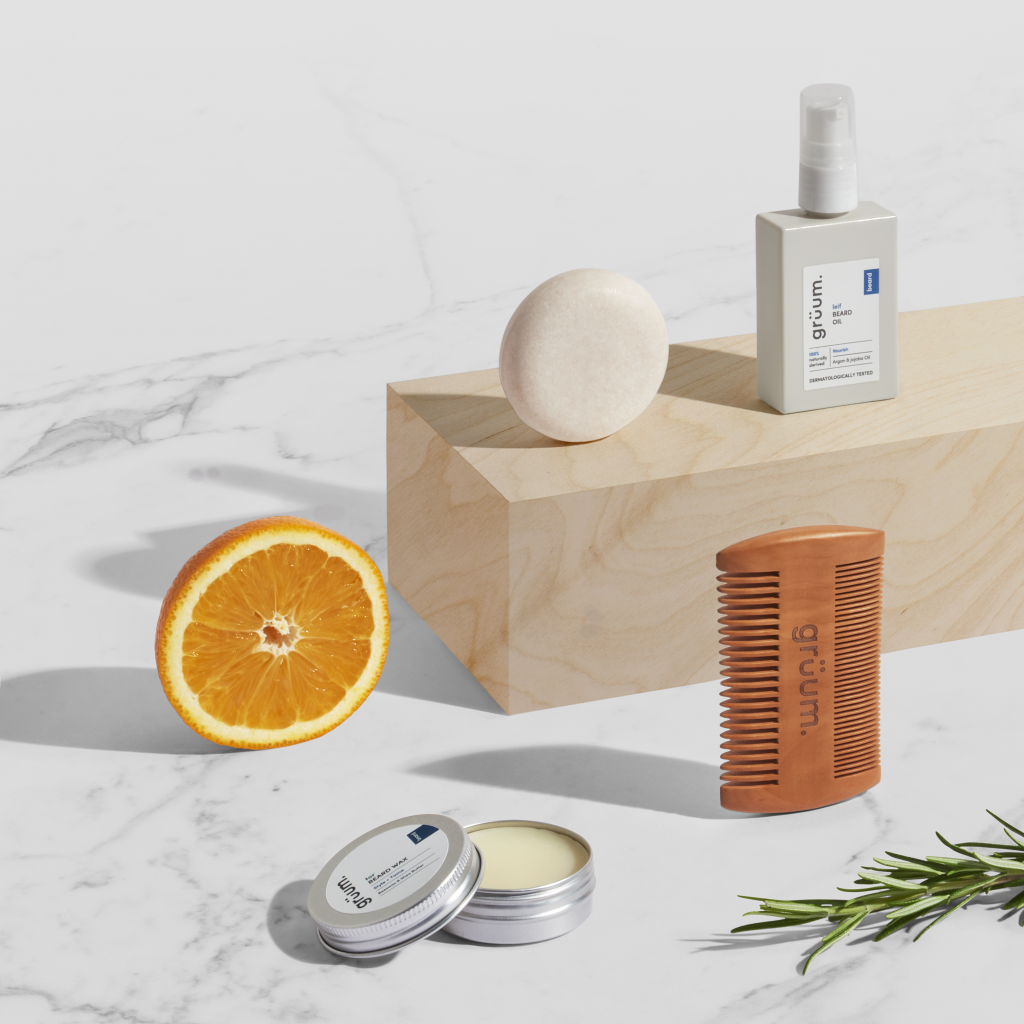
Our beard care essentials
A bit like the hair on your head, the hair on your chin and cheeks will need a bit of TLC.
We’ve rounded up our top beard care essentials to help you keep your beard in tip-top condition. Most of them we went over above, but here’s a quick recap of what you should have in your beard grooming arsenal:
| Beard care essential | Our recommendation |
|---|---|
|
Daily exfoliating face wash |
|
|
Facial moisturiser |
|
|
Cleansing beard wash |
|
|
Hydrating beard oil |
|
|
Comb |
Summary: Battle through the itchy beard phase
There’s no denying it, beards are great. They keep your face warm, give you character, and provide you with at least 5 extra points on the ‘manliness’ scale, so it really is a shame that so many people decide to throw in the towel because of the itch.
If you want a beard, you should have a beard (just spare a thought for the chaps who just can’t grow one), and the itch doesn’t need to get in the way.
So, before you reach for your razor and inevitably regret your decision the morning after, give these tips a try.
Love, grüum.
Instagram | @gruum_hq
Facebook | @gruumHQ
FAQs
Honestly, it’ll differ from person to person since we all have different hair growth rates. For some, it might subside after a few days, while for others it could take a good couple weeks. But if the itching is a result of you not properly caring for your stubble, you can eliminate the itch by exfoliating, cleansing, and moisturising.
Most of the time, yes! If you’ve just started growing out your stubble, take this as a sign that you’re well on your way to a full, luscious beard. As the cut hairs grow, new follicles will emerge and can cause some irritation and itchiness. But don’t worry; it’s all part of the process and should subside as your beard grows longer.
Sometimes, an itchy beard can indicate other things though, like dry skin, beard dandruff, or possibly a reaction to products (although this is likely to be accompanied by other symptoms like redness). A good beard care routine can help address these issues and keep your skin and beard healthy.
You’ll recognise beard dandruff when you see it. Like the dandruff on your scalp, it’s white, flaky and can sometimes be accompanied by itchiness. If you’re noticing these symptoms, it’s likely that your beard is suffering from dry skin or a fungal infection called seborrheic dermatitis. Don’t panic, though; it’s a common issue and easily treatable. Pop into your local pharmacy or drugstore, or see a dermatologist for advice on the best products to use.
The first stage of beard growth is stubble. This is the early stage where hair is just starting to grow out of your follicles. This is followed up by the transitional phase, where your facial hair starts to grow longer and fill in any patchiness you might have spotted during the stubble phase. Your facial hair will continue to grow as long as you let it, ending in the final stage of a full beard.

